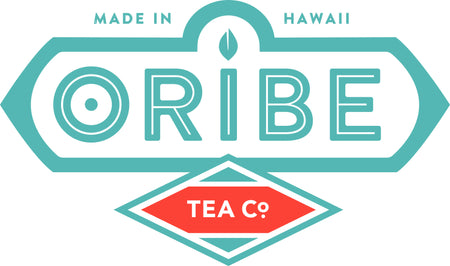Saving Hawaii's Native Birds

 Hawaii is a truly unique archipelago which is home to many species of birds found no where else in the world. Due to the islands' geographical isolation, bird species in Hawaii evolved in an environment that historically had no land mammals, with the exception of the native hoary bat, and also no mosquitos. As a result, our native bird populations are suffering at the hands of introduced predators and being devastated by the introduction of mosquitos and the diseases they carry; specifically avian malaria.
Hawaii is a truly unique archipelago which is home to many species of birds found no where else in the world. Due to the islands' geographical isolation, bird species in Hawaii evolved in an environment that historically had no land mammals, with the exception of the native hoary bat, and also no mosquitos. As a result, our native bird populations are suffering at the hands of introduced predators and being devastated by the introduction of mosquitos and the diseases they carry; specifically avian malaria.
Meet Alex Wang, he is one of a few wildlife biologists who work for Hawaii's division of forestry and wildlife to help save what remains of Hawaii's imperiled native birds.

Doing the work to protect Hawaii's Endangered Species
Alex's work is varied. At times it includes work with native Hawaiian plants as well, but his primary projects generally focus around bird populations. One of his most recent projects just received federal funding! The project's goal is to set up the largest self-reseting predator control grid in the state. Using a device developed in New Zealand, he is working to depress predator numbers in the Pu'u Maka'ala Natural Area Reserve to protect both native birds and plants.

Another amazing project he's involved with is working to protect our endangered native seabirds. Recently, he and his team just discovered a remnant colony of these birds in the Kohala Mountain Natural Area Reserve. Through a lot of hard work they found them by first deploying sound recorders to listen for faint bird calls. Then through the aid of night vision and infrared binoculars they honed in on the colony and finally caught adult seabirds and attached satellite tags to find where on the mountain they were nesting. This project he describes as one of the most important ones he has been involved with to date and he is optimistic of the chances to help aid and protect this newly discovered nesting area.


Beyond the projects of focus listed, another ongoing project he has been involved with over the years is aiding in forest bird surveys using a standardized transect method. It's a process where you walk a transect and at predetermined stations count all the birds you can see or hear for 8 minutes. This project has brought him to some of Hawaii's most remote and pristine forests left in Hawaii, and he's been lucky enough to have been involved with these counts on 4 of Hawaii's main islands, seeing most of Hawaii's endangered bird species in the process.
His photographs of these birds are always stunning!






Looking to the Future of protecting Hawaii's native birds
Alex holds a lot of hope for Hawaii's imperiled species but he does it with measured optimism. A lot of things have to go right or the steady declines he has measured for years are likely to just continue. A few things to know; first off, the bird's overall greatest threat is from the presence of mosquitoes which carry avian malaria. Mosquitoes were introduced to Hawaii in the early 1800's, and have wreaked havoc on the ecosystem here ever since because birds that are native to Hawaii have no defense against these new diseases. One hope lays in the eradication of some if not all mosquitoes and if that is possible, he implores us all to seriously consider supporting the project, because "Extinction is forever" and that is where we are headed if nothing big changes.
Another possibility, to help save some species lays in moving populations outside their historical range to buy them more time. As he mentions, New Zealand has had great success with type of management and it is something we all should be open to in order to save a species.
To learn more about Alex and his work, I encourage you to please go follow his instagram page @alcidalex . His posts are always beautiful, insightful, and filled with adventure. They are definitely one of the few feeds we constantly look forward to seeing.
Additionally, if you would like to get involved and help support efforts that he says make the biggest impact on his work, you can volunteer for forest restoration projects such as the Mauna Kea Forest Restoration Project to help out plant some native trees and see tangible results. You can also read more about the mosquito problem and solutions being developed by going to: dnlr/hawaii.gov/mosquito
Alex leaves us with is parting words that what his bird surveys are telling him is that time is quickly running out for many of Hawaii's imperiled native birds, and that in order to save them we need major changes and they need to be implemented soon.

Wishing you all the best, and I hope to see some of you on the Mauna helping to replant our native forests.
-Tim Johnson
Owner/ Co-Founder
Oribe Tea Company
*If you would like to shop teas made from endemic Hawaiian teas- teas that are good for you and good for the Hawaiian environment, please check out our Mamaki Tea collection .

